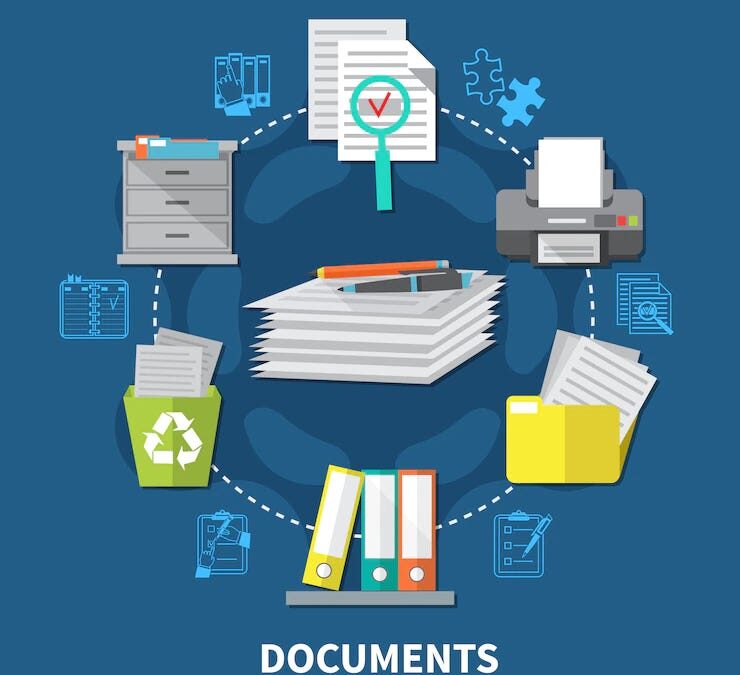If you read Dana’s recent post here about QuickBooks, you know she stated that it can handle “simple” billing tasks. Knowing Dana as I do, I know that she cringed when she wrote this, being fully aware of the can of worms she inevitably opens when defining “simple” for lawyers.
At a recent presentation to the Law Practice Management Committee of the Philadelphia Bar Association, I asked what I thought was a “softball” question, which generated a surprising answer. When I asked how many of the 20 attendees in the room were using time billing software, I fully expected about 12-15 of the attendees to raise their hands. I was shocked to see that only 6 did.
This was a wakeup call for all of us geek types who assume that, because we live and breathe this stuff every day, everyone else practicing law today is more or less on the same page about the basic “tools of the trade” for managing a legal practice.
So, for those of you already using a time billing product (most likely Timeslips, Tabs, or PC Law if you are reading this blog), stand up, reach around behind you, and pat yourself on the back. You may be a little further ahead on the technology curve than you think, compared to your peers. But don’t stop reading here just yet; I hope you will still pick up some useful insights from the rest of this article.
The two keys to productivity (and profitability) in any professional services practice, law firms included, are the efficient deployment of resources and the accurate valuation of those resources expended on behalf of a client or matter. Your time is almost certainly your single most valuable resource, and it is no more inexhaustible than your bank account is. I’ll bet you keep a pretty close eye on your bank balance. Why not do the same for your time?
You may not perform any transactional services. You may be contingency-based exclusively. You may have fully embraced the concept of “value-based” billing. I would submit that you still need to know how you are deploying the resources available to you, including your time, and that of everyone else in your firm, to fully understand and value those resources committed to a case. That should remain constant however you choose to bill. And unless you love thumbing through your diary and entering numbers in spreadsheets, chances are you don’t ever really know what resources you expended on a case, if you aren’t efficiently tracking those resources.
The little pneumonic we use to best capture the basic functionality of any time billing system is “W3D3” (no, that is not a robot from Star Wars). You need to be able to track “who” did “what” to “whom”, along with a “date” ,“duration” and a “description” (hence W3D3) if you expect to perform any kind of intelligent analysis of your firm’s resource deployment and billing practices. Time billing systems are designed to capture precisely that information, and to do it along parameters that you can define yourself, to maximize its utility to your specific practice methodologies.
In a later post I will detail some of the “metrics” which we think are important for law firms to track, and make some suggestions as to how various time billing products can be configured to quickly and efficiently provide the analytic information necessary to effectively track productivitiy and profitability.
And no, QuickBooks, or Peachtree, or any other general purpose accounting package, will not now, and never will, give you the range of tools and analytical capabilities you need to monitor your firm’s resources effectively. You still need accounting, and always will, at least as long as the IRS is around. But accounting for just the dollars in and out cannot give you an accurate picture of how you are using the most valuable asset on your balance sheet – your time.
Creating an efficient, effective, and consistently deployed electronic time recording and billing system, and then managing your firm based on what that tool can tell you about your practice, is the single most important task you can perform to improve productivity and profitability withn your practice.
It doesn’t have to be fancy, it doesn’t have to be complicated, but it has to be intelligently deployed, consistently maintained, and periodically “mined” for the gold it can provide to those who know how – and where – to look. I hope to provide some valuable “mining” tips in my next post on time billing software.
Do you have a time billing system you are happy with now? Confused about the options, the cost, or the technology involved in setting up a better system for your firm? That’s where we come in.
Give us a call at (877) ELS-0555, or send an email to [email protected], to explore how we can help you become more productive at managing your valuable resources.

Jack Schaller has been active in the field of law office technology since 1989, and has worked with a variety of commercial accounting, legal billing, practice management, and document management software products during his twenty plus years in the software consulting field. During his tenure as a software consultant he has garnered many sales and service awards for his work with legal software products. Jack is a frequent presenter at legal conferences and seminars, and is a regular contributor to TechnoLawyer and other technology publications.



